NFL’s New Concussion Protocol
What Could this Mean for the Future of Football

Tua’s injury is terrifying, but it could lead to some positive change for the NFL.
October 20, 2022
For as long as many can remember, concussions and brain injuries have been one of the scariest parts of football. Countless parents have shot down their children’s football aspirations out of fear for their futures. CTE has been well documented by players, coaches, scientists, and journalists alike. The decimation of an athlete’s brain derived from repeated traumatic impacts is terrifying, and rightfully so. So terrifying, in fact, that it seems to have overshadowed the more immediate issue of concussions at the professional level.
The NFL’s concussion protocol of the past has been considered outdated and primitive for quite some time, but the more pressing issue in the public eye was the onslaught of information about the new boogeyman of brain injuries, CTE. It led the equally, if not more pressing issue of concussion safety to be overlooked, and in some aspects, outright ignored.
After a devastating, martyr-esque series of injuries to Dolphins quarterback Tua Tagovailoa, it seems the NFL will finally take note of their players’ brain health in the present, as opposed to humming and hawing over how the detrimental long term injuries could have been avoided.
On September 25 the Miami Dolphins played the Buffalo Bills in what could have been a game of the year candidate, but instead it became the center of a major medical controversy. Mid-way through the second quarter of the Dolphins’ win, Tua suffered an injury after a late hit by Bills Linebacker Matt Milano on a pass to his receiver Jaylen Waddle.
After the play, Tua got up and began walking to the sideline, but stumbled and fell on his way over. It was widely thought by viewers of the game that Tua suffered a head injury on the play, but after examination from team trainers and a third party doctor, his injuries were deemed to be confined to his back and ankle.
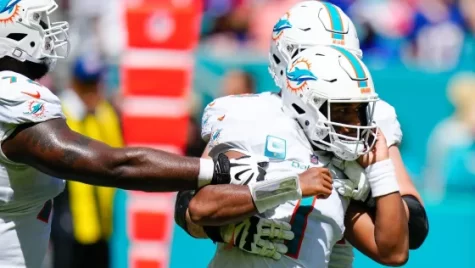
Although I absolutely believe that Tua’s stumble could have been caused by a back and ankle injury, I also think it is irresponsible that no examination was done on Tagovailoa’s back by the team physician or third party neurologist. NFL trainers are highly trained sports doctors, but their training, experience, and expertise can’t be compared to those of a neurotrauma consultant.
The NFLPA (National Football League Players’ Association) released a statement saying that “the step-by-step process outlined in the concussion protocol was followed,” which means quite a bit coming from the NFLPA, because they are one of the largest player safety advocate groups, and by far the most influential.
But it is very likely nothing would have come from this case, had it not been for the ‘Phins subsequent Thursday night match up against the Cincinnati Bengals. In the second quarter, Tua was unable to stand up after a sack from Bengals defensive tackle Josh Tupou. It was also apparent immediately that Tua was concussed, potentially again, when the cameras zoomed in on his fingers in a “Fencing response” or an unnatural position of the arms and fingers following a concussion.
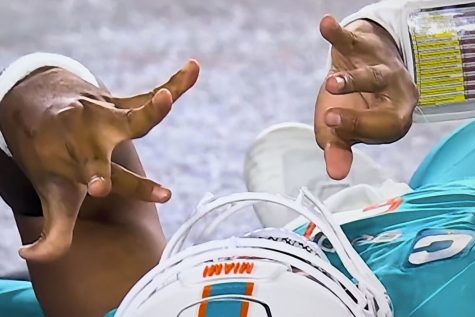
Whether this was the first or the second concussion, the multiple scary scenes of Tua in a 5 day span created an issue the NFL couldn’t sweep under the rug. The injury is devastating, and of course we all hope for a speedy and complete recovery for Tua, but thanks to him, change has been made.
It’s never easy to look at the positives of such a horrible and potentially life altering situation for someone, but the NFL and NFLPA have revised the concussion protocol to be more safe for the players it’s meant to protect.
Ataxia, or poor muscle control that leads to clumsy movements when walking, has been added to the list of “No-go” symptoms, along with loss of consciousness, confusion, and amnesia. Here is a tweet from NFL Network Insider Tom Pelissero that overviews the changes to the rule as well as linking to a PDF of the protocol itself.
The hope of many is that this change will protect players and reduce CTE for the current players, even if only by a little. Every life that doesn’t have to change because of a head injury is a win in my books. This is absolutely a step in the right direction, and with an organization like the NFL, you need to take as many wins as you can get.


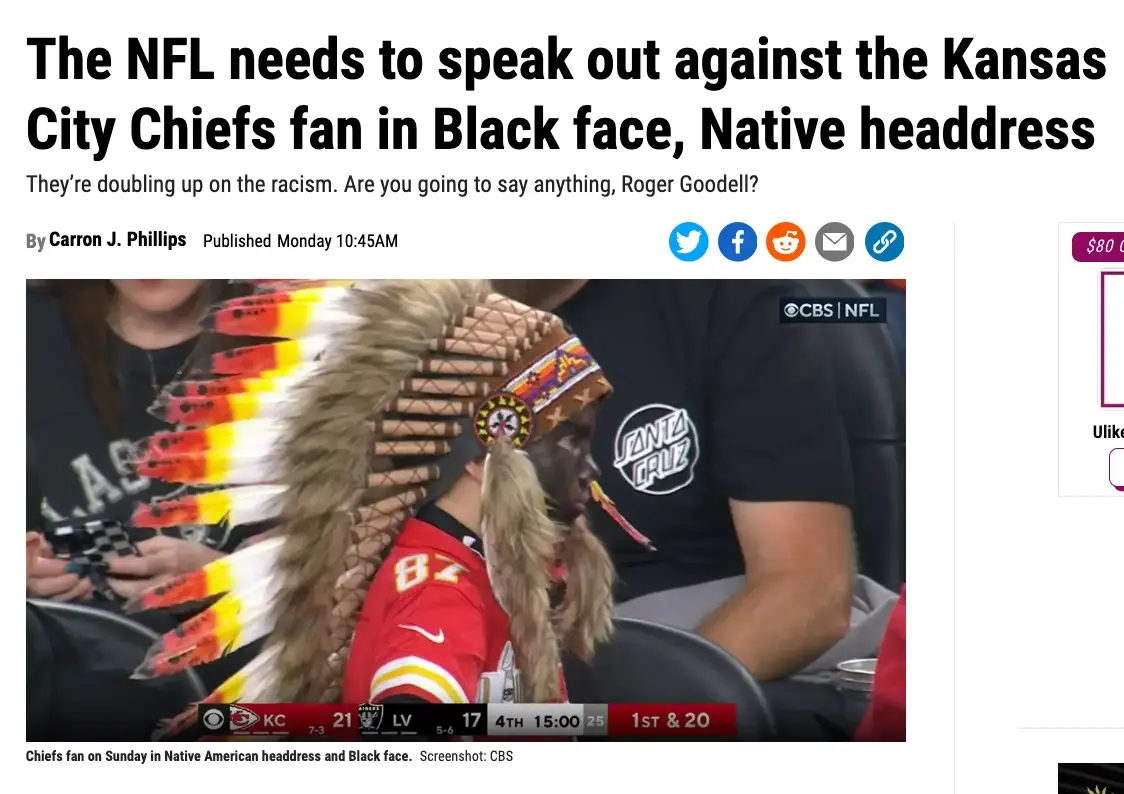
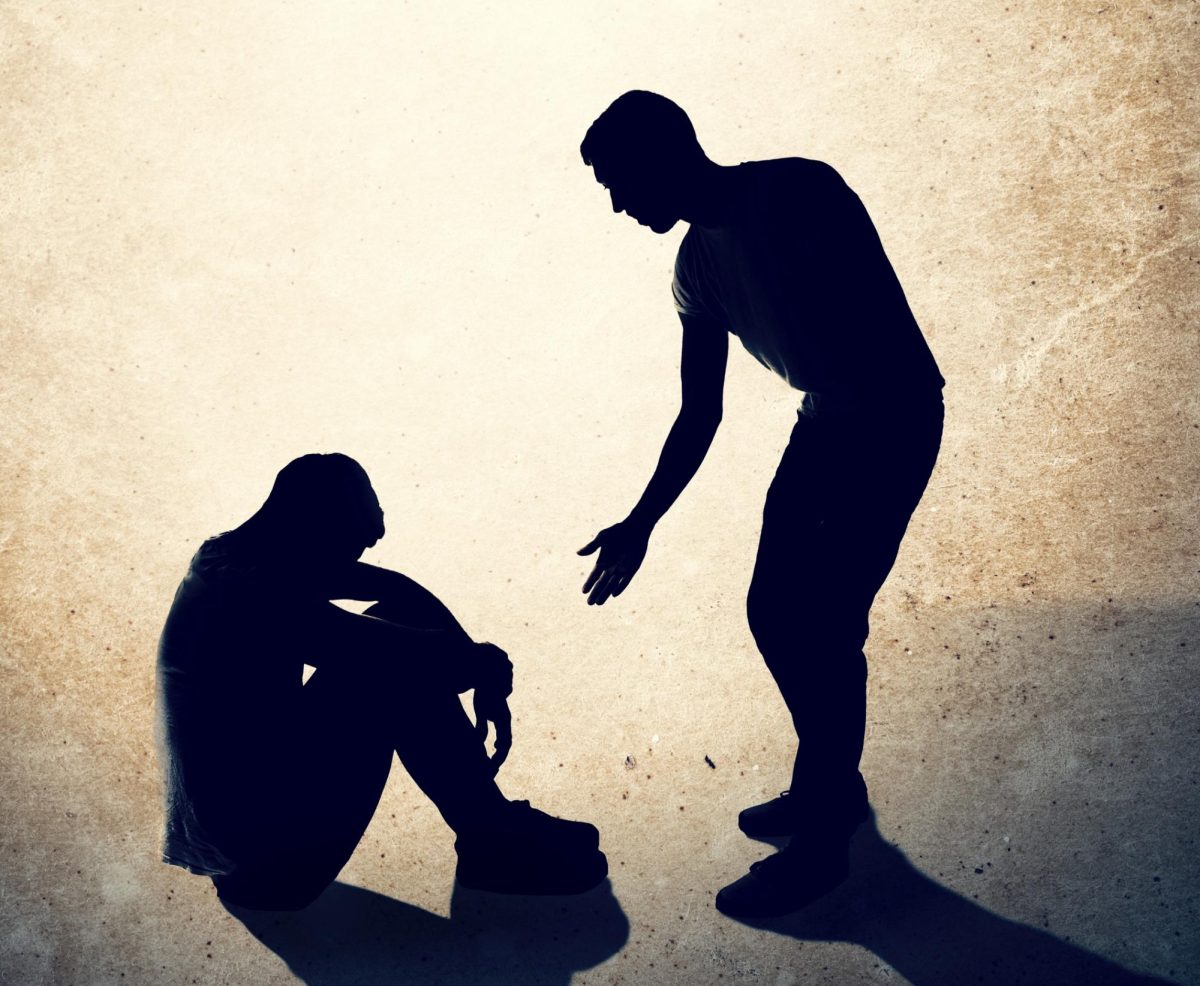


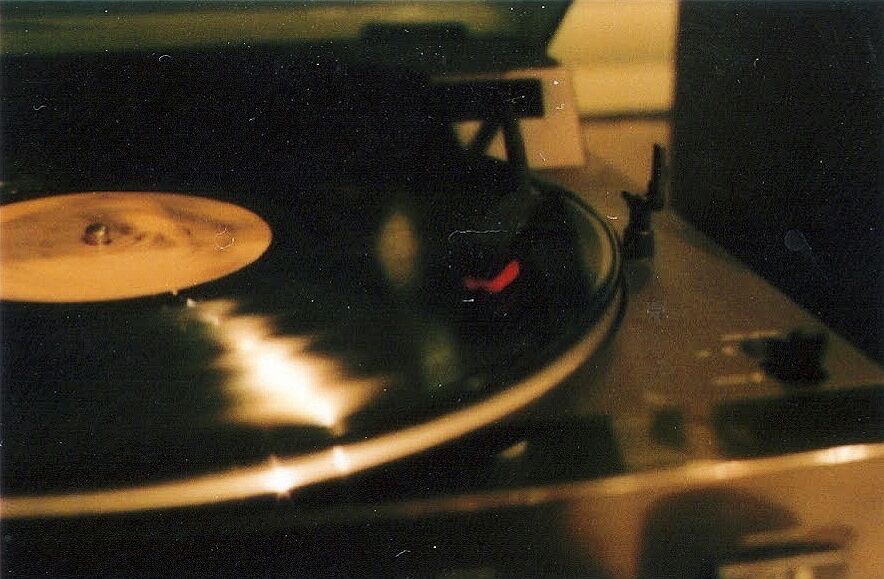
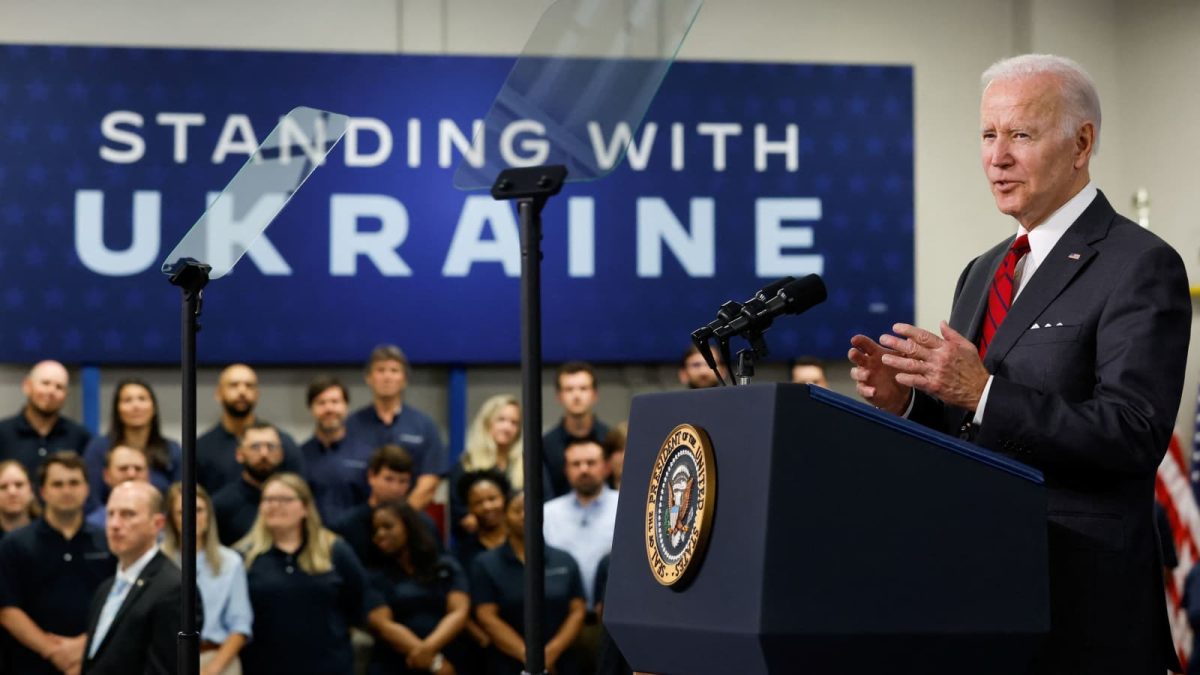



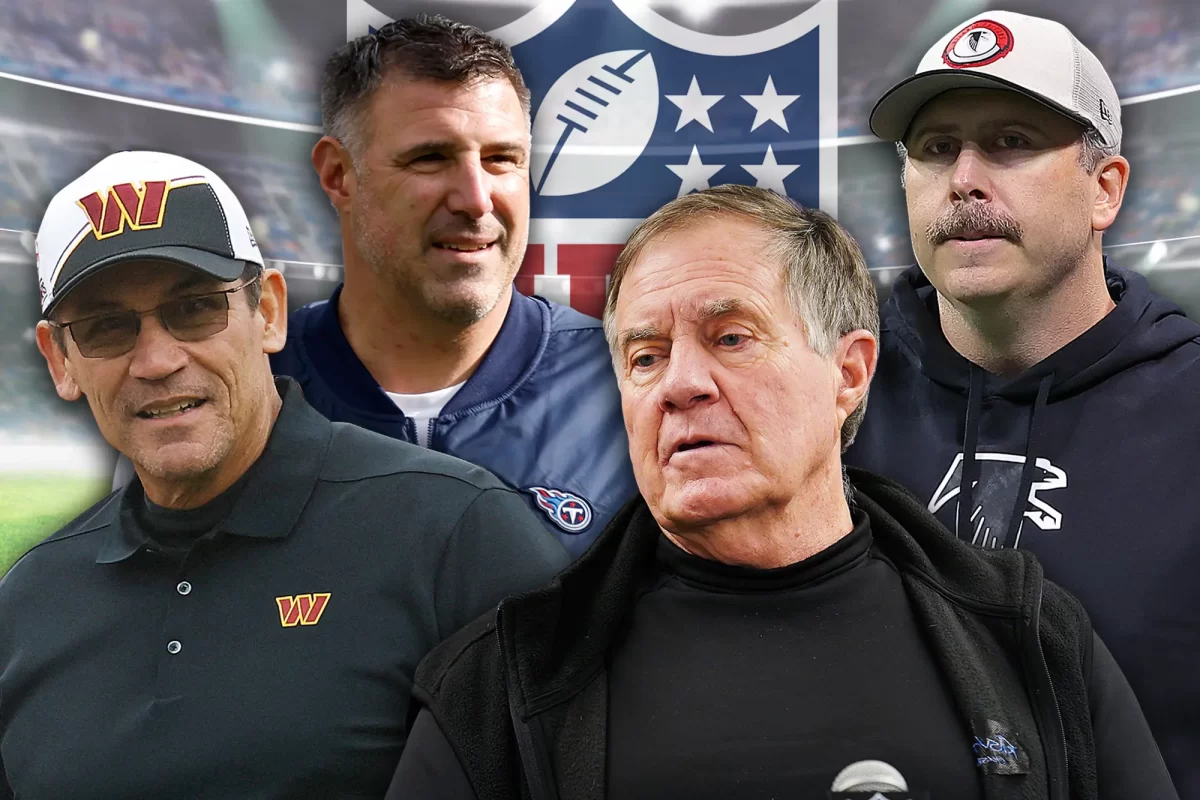

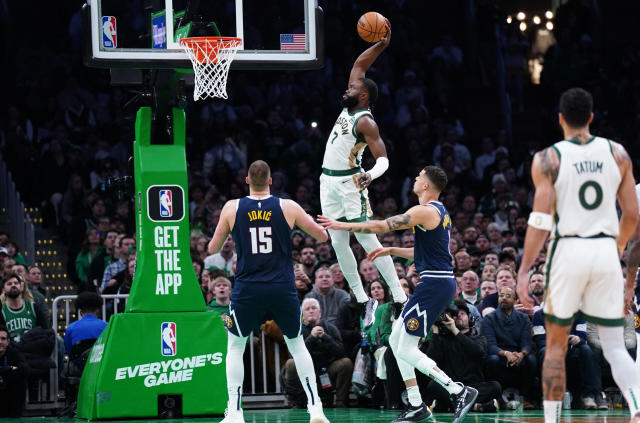
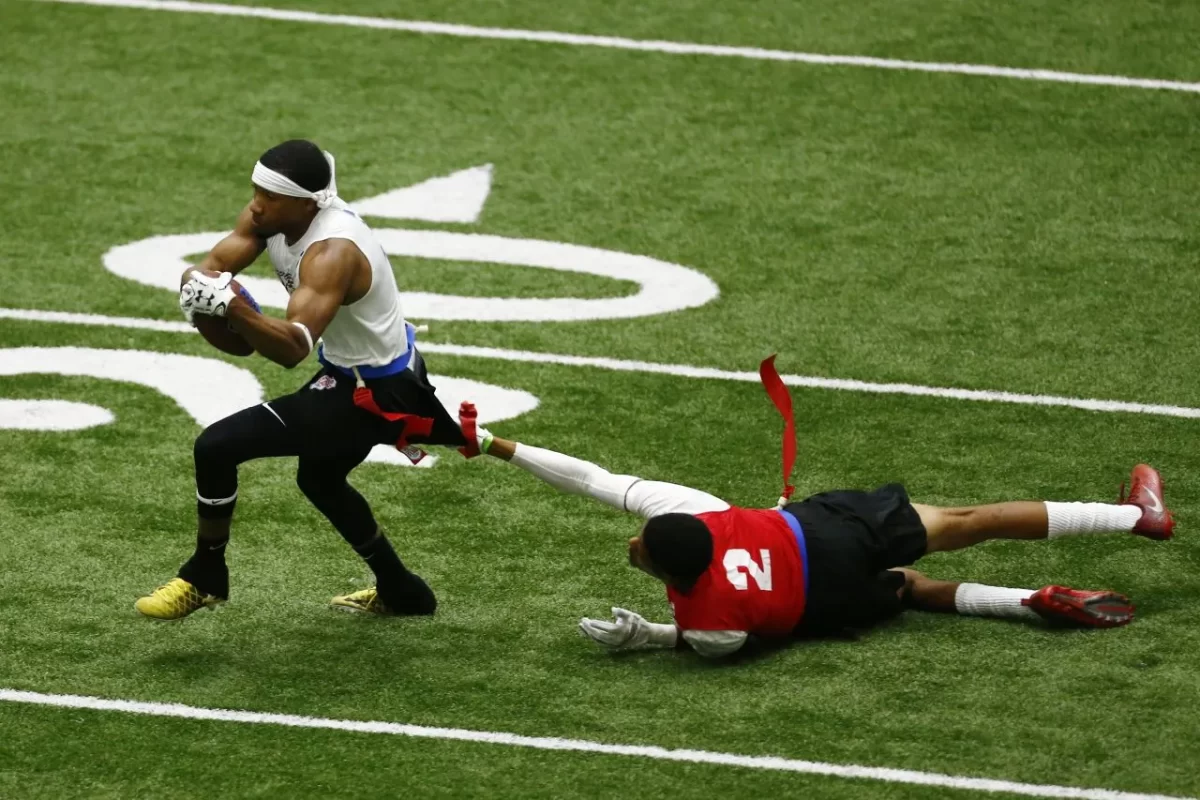

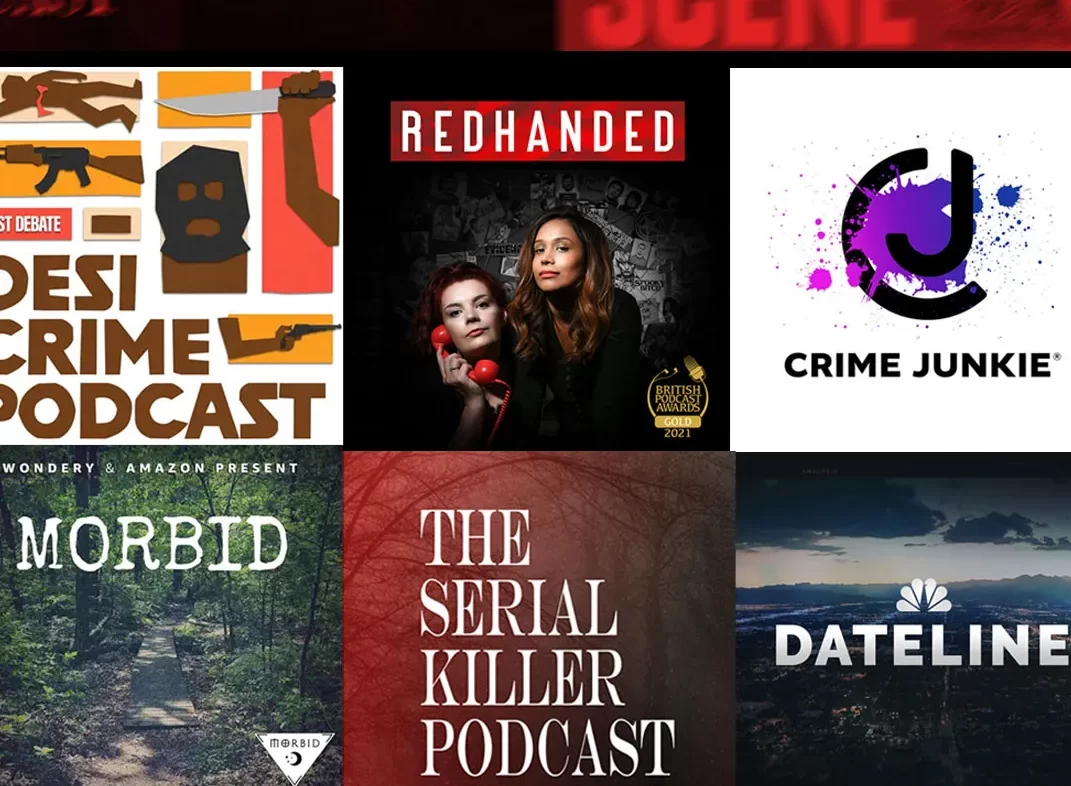
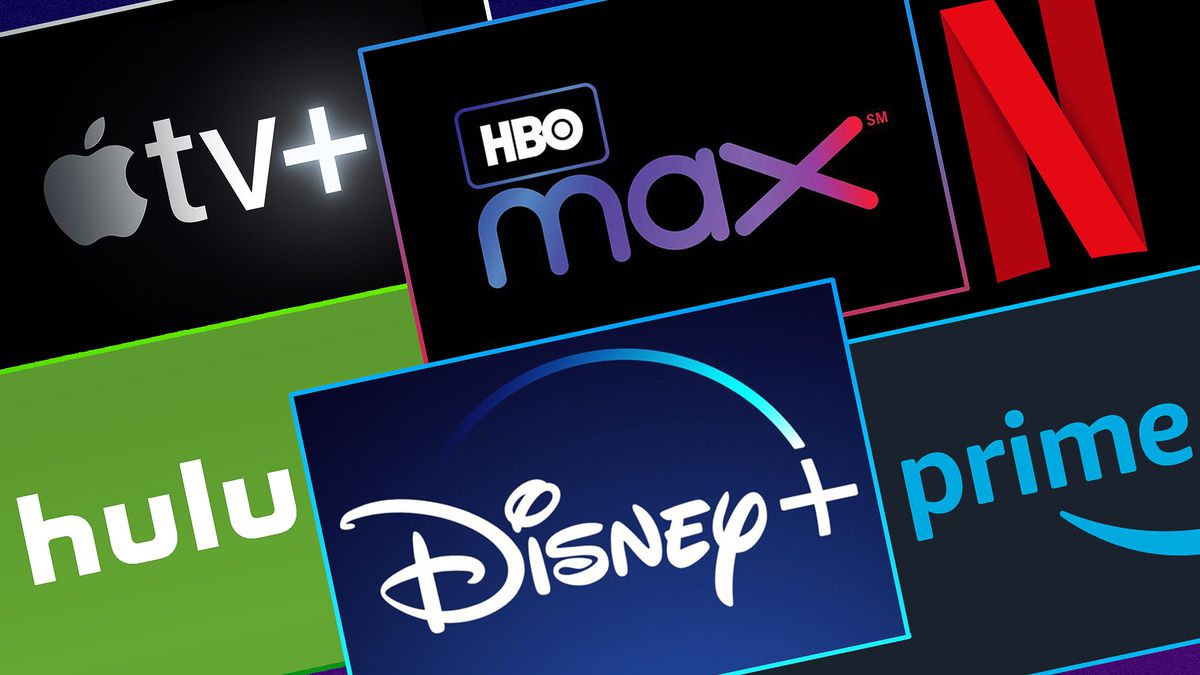
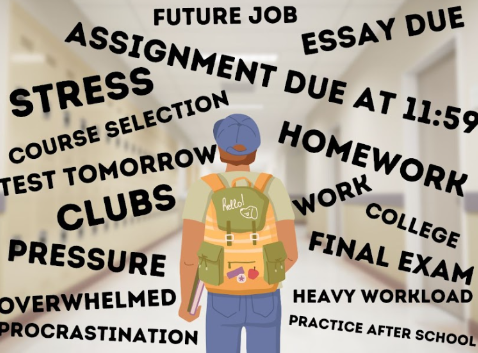
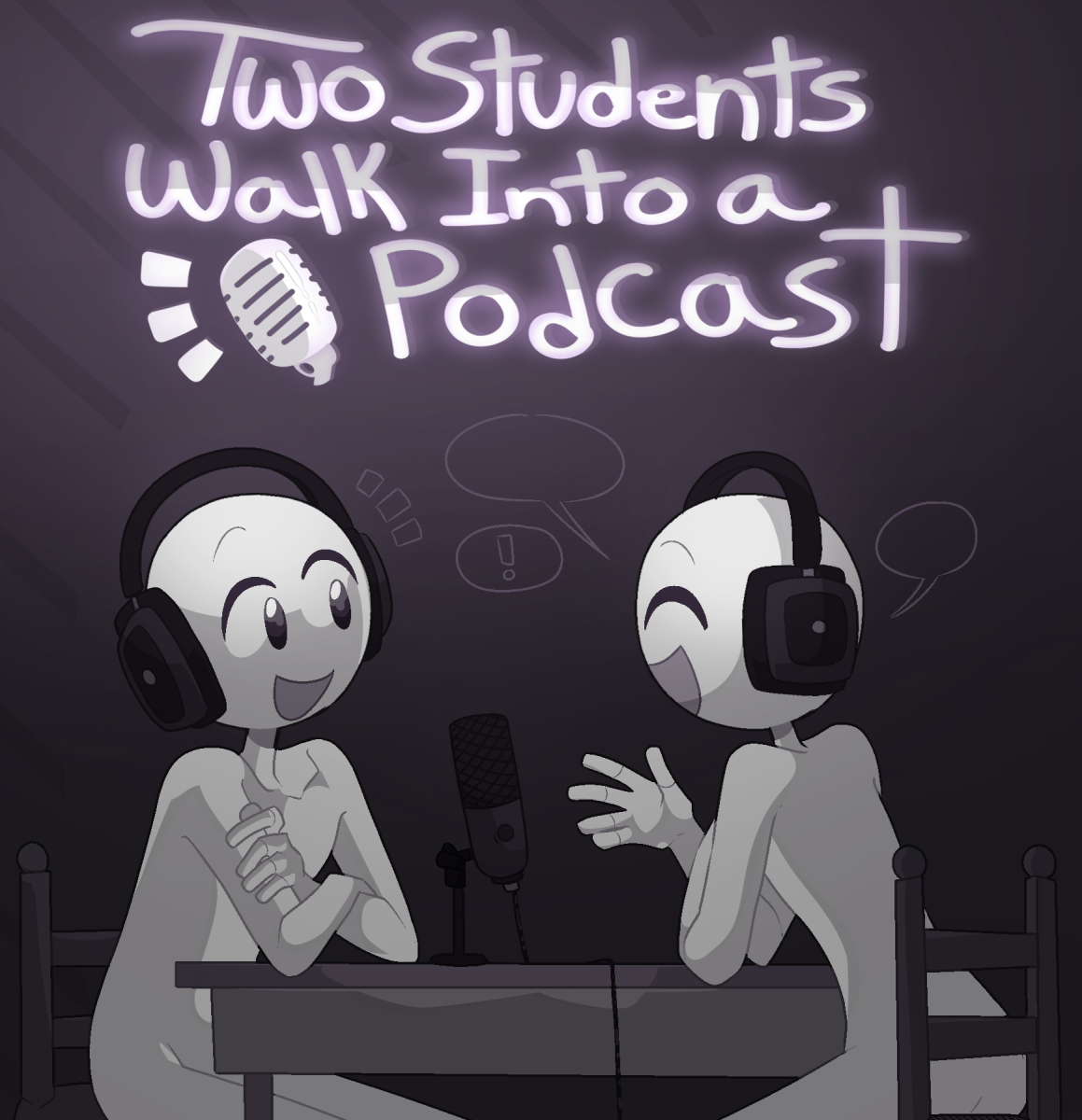
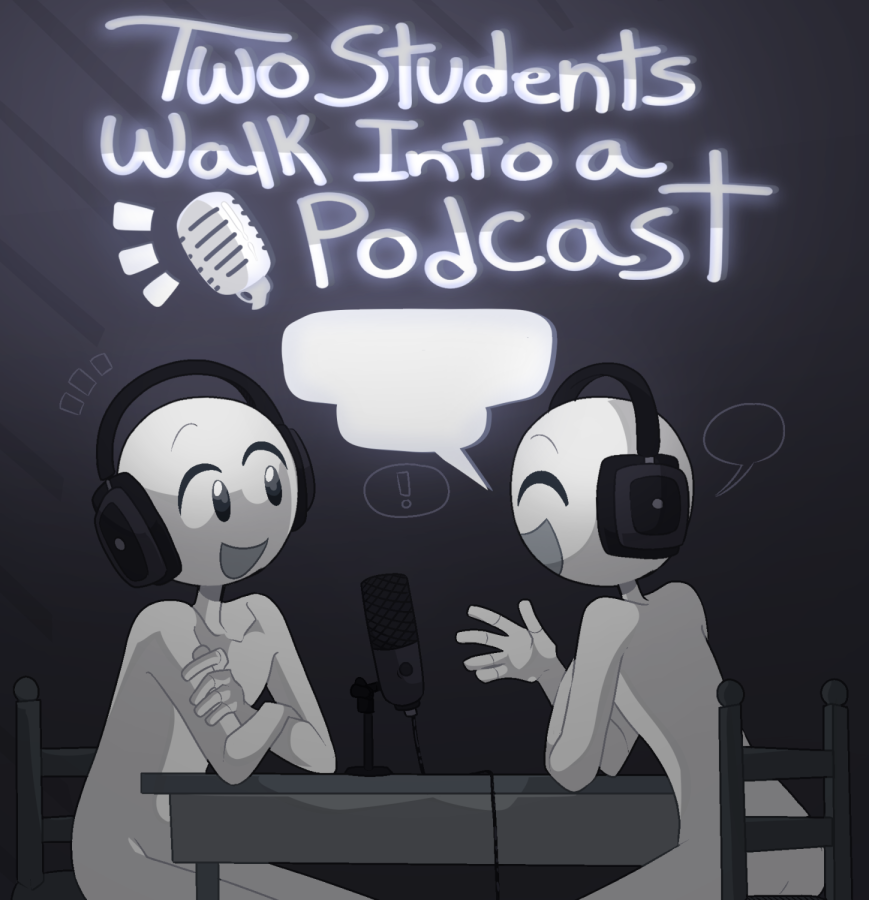
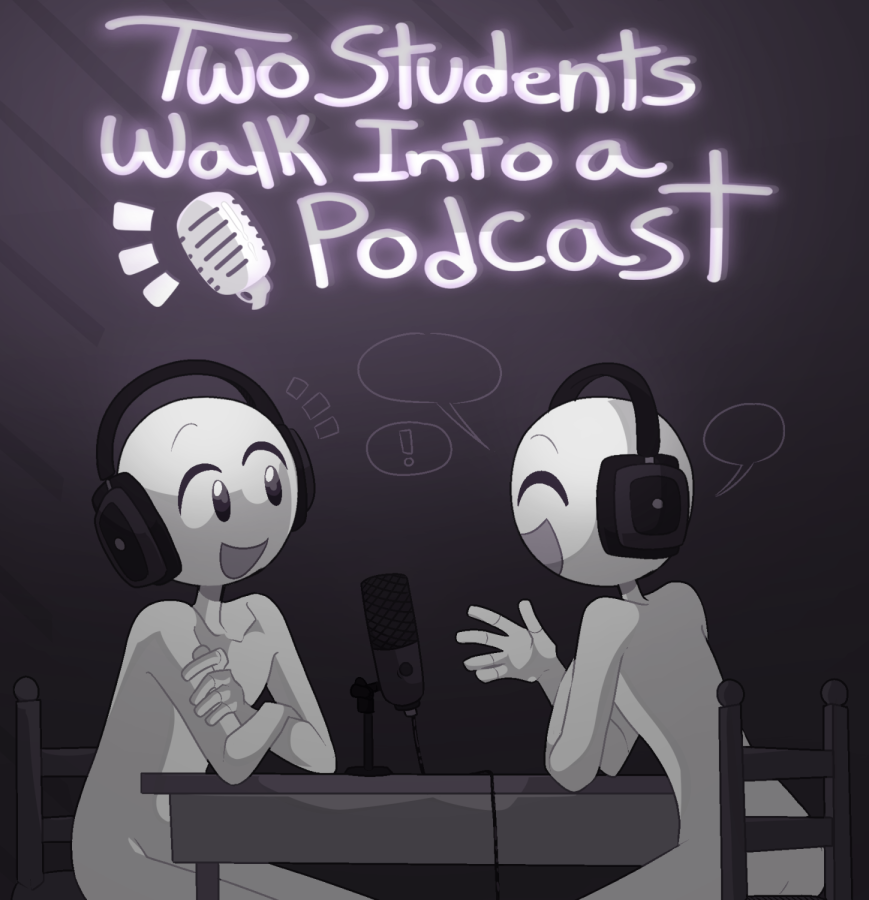
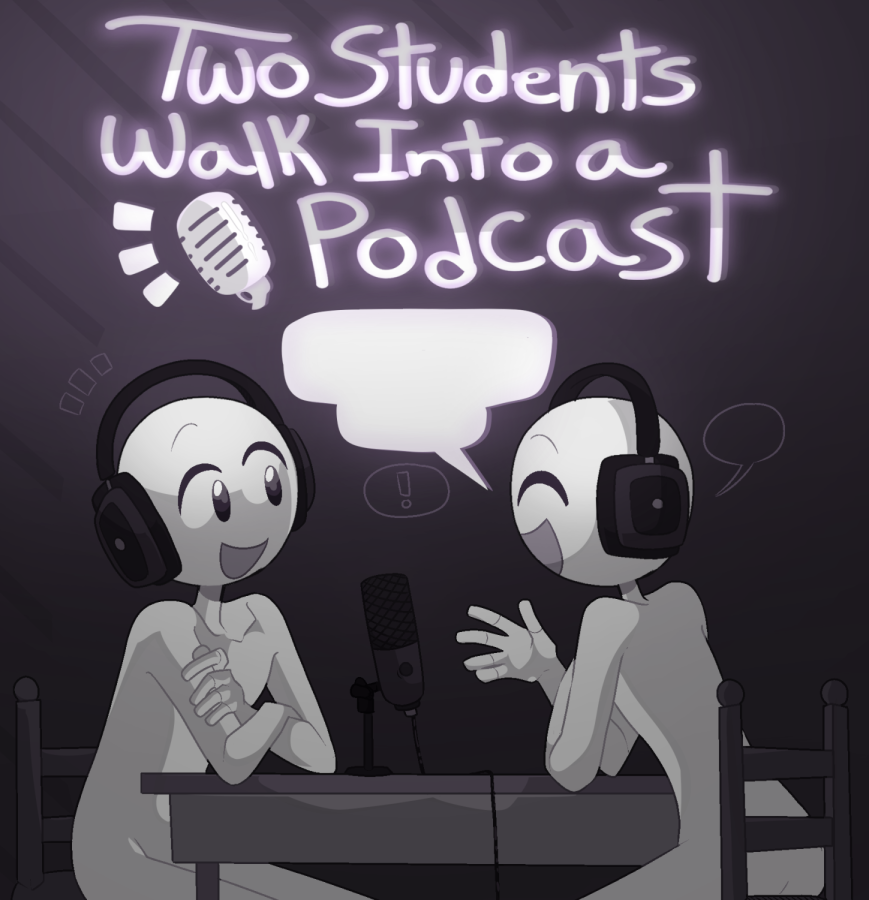
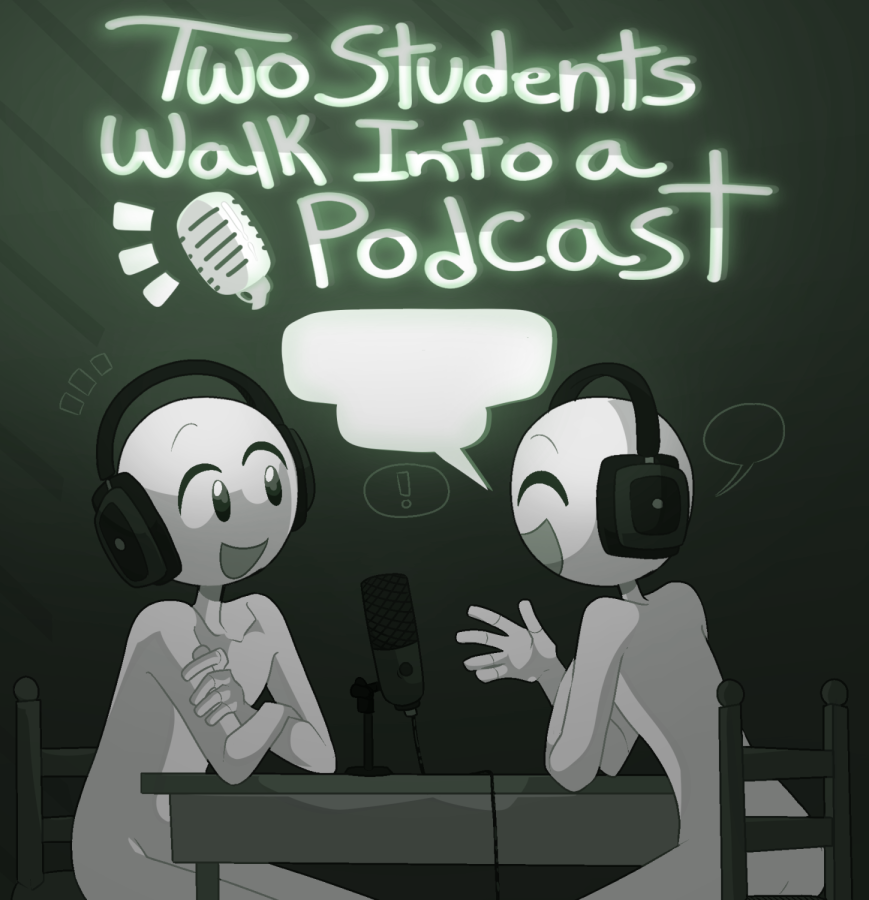
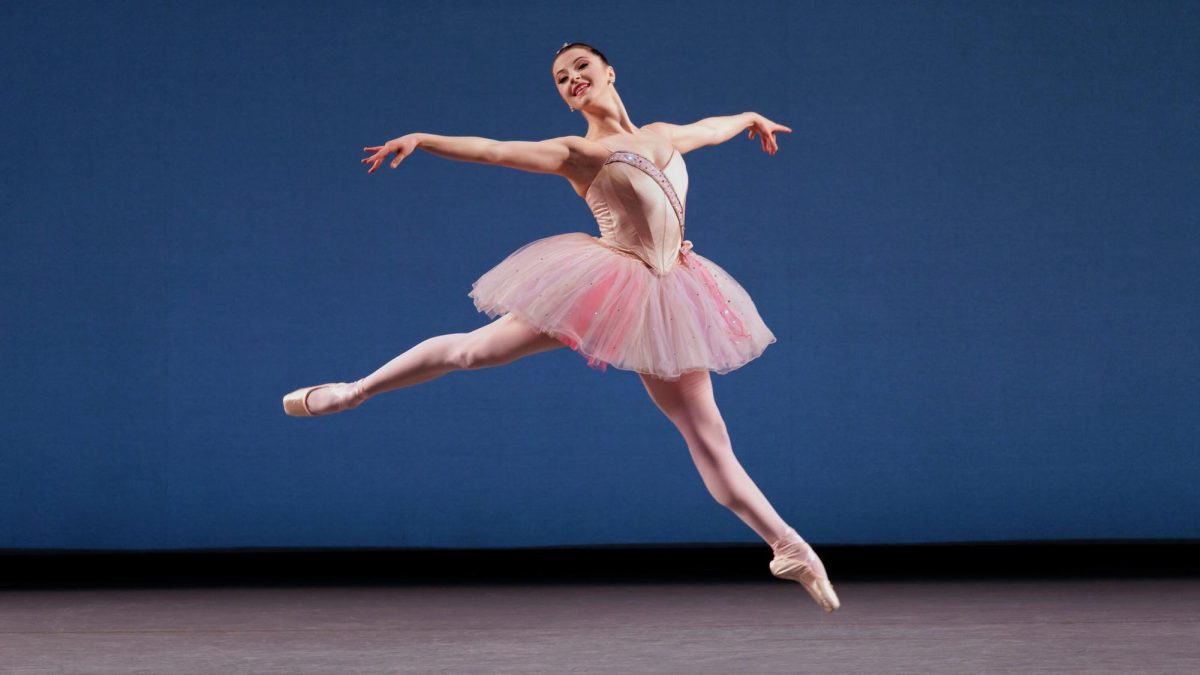
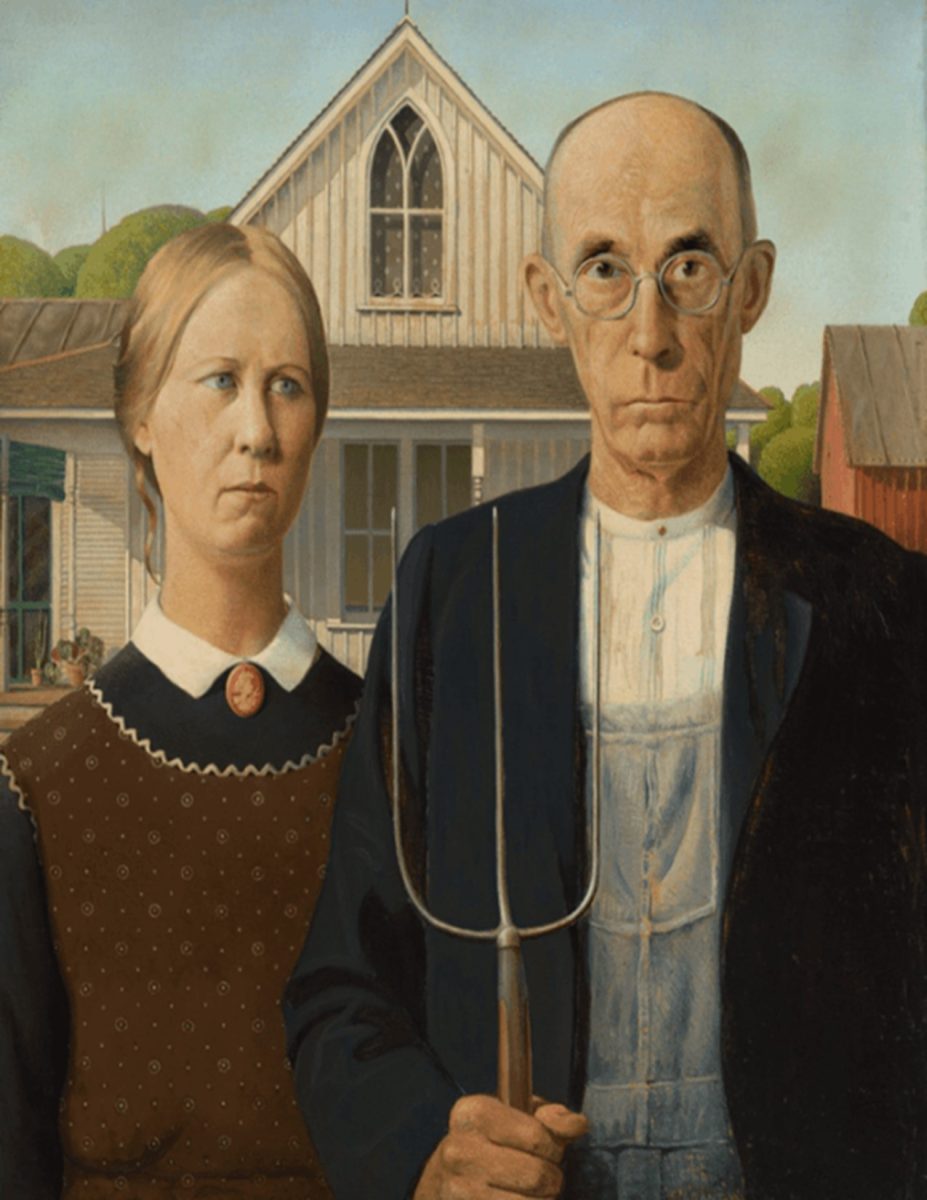
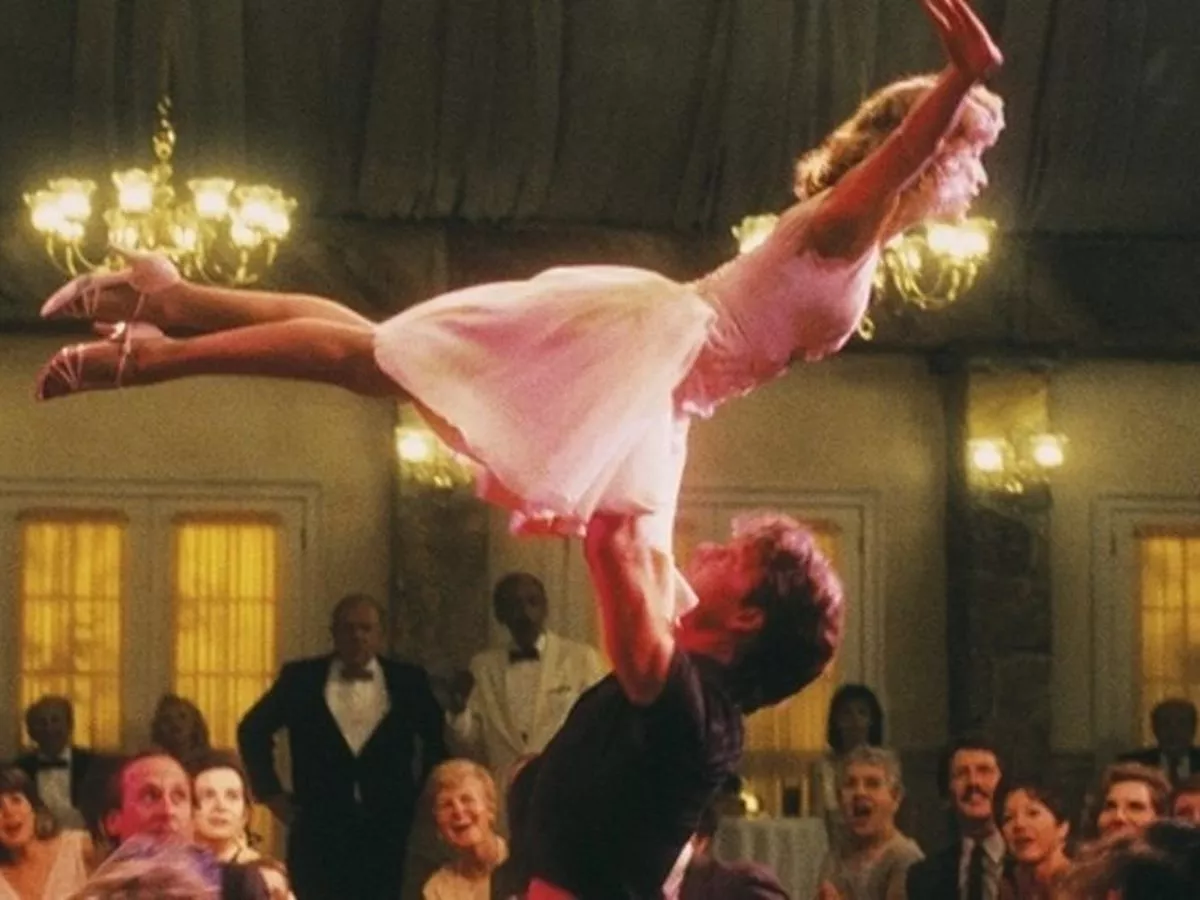

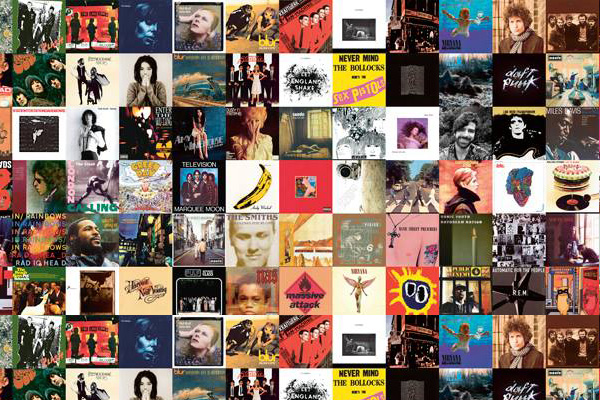




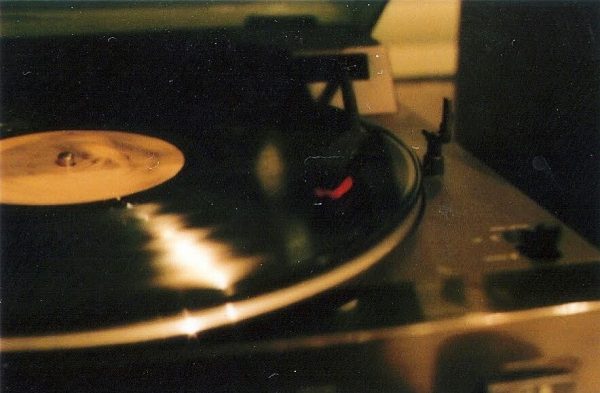
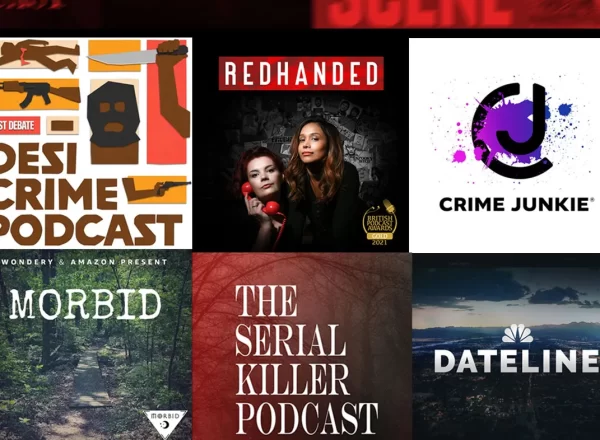
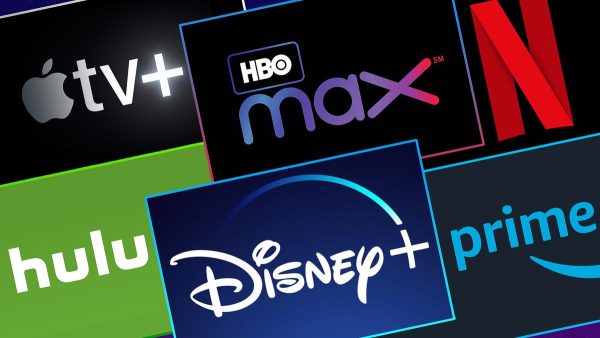


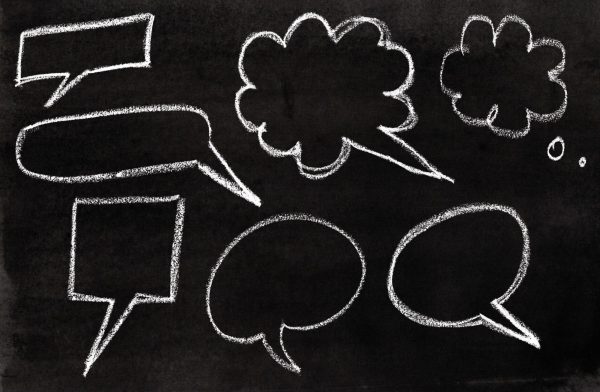
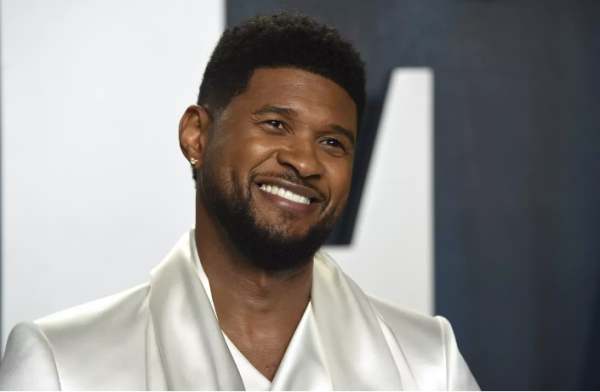
Ms Brousseau • Oct 25, 2022 at 6:44 am
Well written, Evan! I don’t think people realize how life-altering a quick head injury can be.